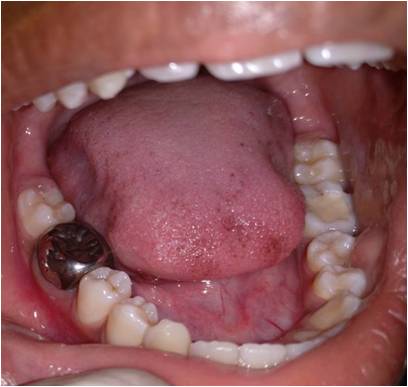
Pediatric Dental Crowns
Stainless steel crowns are prefabricated semi permanent crowns which are adapted to individual teeth and last for months or years preserving the form and function of baby teeth until their normal exfoliation. They are placed over existing individual teeth to protect it from further damage and to give it strength. Pediatric dental crowns are the crowns that are used to protect the milk teeth of children.
Why are Pediatric Dental Crowns Necessary?
The most common dental issues seen in milk teeth of children are cavities, tooth decay, and chipped teeth. Regular cavities and tooth decays are treated by removing the plaque build up, cleaning out the decay and replacing it with a filling. However, in some cases, the cavities or decay reaches a stage when it cannot support a filling. Children are prone to accidents and chipped or cracked teeth also need to be protected from further damage. Pediatric dental crowns become necessary because milk teeth are just as important as permanent teeth and need to be preserved to ensure that they do not fall out before time causing issues with jaw bone and jaw muscle development as well as speech issues.
Types of Pediatric Dental Crowns
There are various types of crowns recommended by pediatric dentists. These include stainless steel crowns, zirconia crowns, composite strip crowns and BioFlx crowns.
Stainless Steel Crowns
Stainless steel crowns are also known as silver crowns recommended to support broken or weak teeth. Crown adhere to the tooth by dental cements and preserve until its exfoliates naturally. Stainless steel crowns can be made aesthetic by composite veneering. It is a cost effective treatment option in many dental conditions.
Zirconia Crowns
Made with zirconium oxide after it has been stabilized with yttrium oxide, Zirconia crowns are highly durable and are marketed for aesthetic restoration of anterior and posterior teeth. They are relatively new and highly recommended in paediatric dentistry. Zirconia crowns create the perfect shape, size and colour to produce a much better and more natural look for the patient.
Composite Strip Crowns
Applied using a hardening composite and a clear plastic form or mold, composite strip crowns offer an aesthetic restoration to decayed teeth, and are used primarily on anterior teeth. The durability of these crowns is lower than the other crowns available in the market because they are susceptible to fracture and require adequate control of moisture and bleeding to adhere to the dentin and enamel.
BioFlx Crowns
Designed and invented by a Pediatric dentist from India, BioFlx combines the benefits of stainless steel crowns and zirconia crowns to create a flexible, durable, self-adaptable and aesthetic pre-formed pediatric crown that offers full coverage restoration. BioFlx crowns are fast becoming a popular and viable option for treating caries and tooth decay in young children.
Gold and Rose gold Crowns
In addition to stainless steel crowns, rose gold and gold crowns are also available in the market now. These crowns come with a superior titanium coating which imparts lustre and colour to them. They are easy to apply, and use less application time. These pediatric dental crowns are also durable and protect the teeth and dental restorations from fracturing under heavy masticatory impact.
Getting a Pediatric Dental Crown
The process of getting a pediatric dental crown can be completed in a single session lasting a short period of 45-60 minutes. Once the type of dental crown being used has been decided, the pediatric dentist will apply a numbing gel around the affected tooth and put a dental dam to isolate the tooth. He / she will then remove the decay and shape the tooth to ensure optimal placement of the dental crown. After this, the dental crown will be placed on the tooth.
Caring for Pediatric Dental Crowns
After undergoing a dental crown procedure, it is natural to experience some pain in the teeth due to irritation to the dental pulp or supporting tissues. The pediatric dentist will recommend over-the-counter medication to help ease the discomfort. However, if the pain persists for more than 24 hours, it is advisable to consult the dentist.
After receiving the crown, the child should be advised to not bite down hard on food or chew from the side on which the crown has been placed for a few days. Sticky foods that could pull the crowns loose should also be avoided.
Oral Hygiene Is The Best Protection
Irrespective of the type of dental crown chosen, it is important to continue to maintain good oral hygiene practices so that the tissue under the crown can be kept clean and there is no further tooth decay or damage. Routine dentist visits at least once in six months can also help to keep a preventive check on dental damage.



